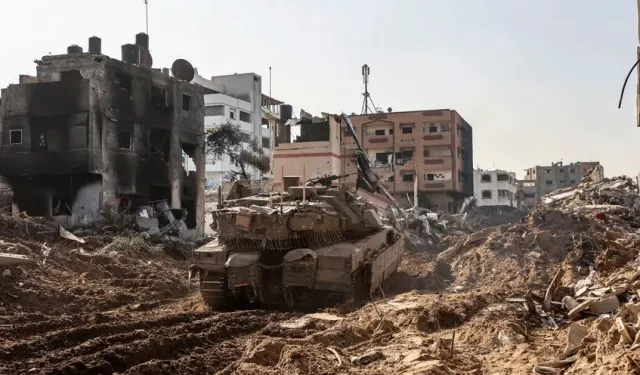Mediators from Egypt and Qatar have formulated a revised proposal for a comprehensive ceasefire deal aimed at halting Israel’s months-long war on Gaza, sources familiar with the negotiations told Al Manassa.
The new framework, which reintroduces momentum into talks stalled since July 12, comes amid growing frustration over Israeli Prime Minister Benjamin Netanyahu’s declared intent to reoccupy the entire Gaza Strip.
Israel had earlier withdrawn its delegation from the Qatari capital, Doha, effectively derailing the negotiations.
Israeli media reports have since suggested Netanyahu is pushing for “full occupation” of Gaza. US President Donald Trump declined to clarify his stance on the matter, saying, “It’s up to them.” Meanwhile, Israel’s military chief Eyal Zamir is reportedly advancing an alternative plan that would involve encircling Gaza City and launching targeted airstrikes.
A senior factional source speaking to Al Manassa on condition of anonymity revealed that the revised proposal under discussion introduces new language regarding the disarmament file. Instead of “disarmament,” the draft refers to a “freeze on arms,” and includes provisions for Hamas to relinquish governance of Gaza in full.
The plan also reportedly proposes the simultaneous release of all Israeli captives in exchange for a complete cessation of hostilities, the start of Gaza’s reconstruction, and the formation of a joint Arab-Palestinian committee to administer the enclave until a fully operational Palestinian civil authority and security apparatus are established.
Hamas has repeatedly rejected demands to disarm, insisting that no discussion on weapons can occur without first establishing an independent Palestinian state.
A US-based source familiar with the American role in the mediation confirmed that Qatari and Egyptian officials have consulted with Washington on the key elements of the new draft. The Trump administration, the source said, has given preliminary approval to the outline.
However, both the Israeli government and the US administration are reportedly insisting on the removal of several top Hamas military leaders from the Gaza Strip. According to the source, this measure is seen as a symbolic necessity by Netanyahu’s government, aimed at reinforcing an image of Hamas “defeat” and securing a narrative of absolute victory.
Responding to the reported proposal, a senior Hamas official told Al Manassa, “We have not officially received any new frameworks.” The official, who also requested anonymity, added, “We’ve heard from multiple parties about ideas for a ceasefire.”
He emphasized that Cairo and Doha are well aware that Hamas was not responsible for the breakdown in the previous round of negotiations, saying the group had shown maximum flexibility only to be blind sided by Israel’s withdrawal — a move backed by the US.
“Our position is clear and known to the mediators,” he said. “We are open to any initiative that halts the bloodshed in Gaza. But we will not return to the negotiating table until the famine in the Strip is brought to an end aid deliveries to the population are guaranteed and sustained.”
On the issue of weapons, the Hamas official reiterated the movement’s stance, stating, “We’ve said it time and again — the resistance will not surrender its arms. That is non-negotiable.” The official further added that Hamas is prepared to engage with any proposal that avoids the disarmament of the resistance and respects the Palestinian people’s legitimate right to resist, but only after its conditions are met.
Israel reignited its military assault on Gaza on March 18, breaking a ceasefire agreed in January that was meant to extend until the war’s end. The Israeli offensive, launched on October 7, 2023, has since intensified.
Palestinians in Gaza are enduring not only relentless bombardment, but also a crippling famine imposed by the Israeli blockade. Aid distribution points are routinely targeted by Israeli occupation forces — either through direct gunfire, aerial bombardment, or orders forcing aid trucks to run over desperate civilians searching for food parcels. Hundreds have been killed in these incidents.
